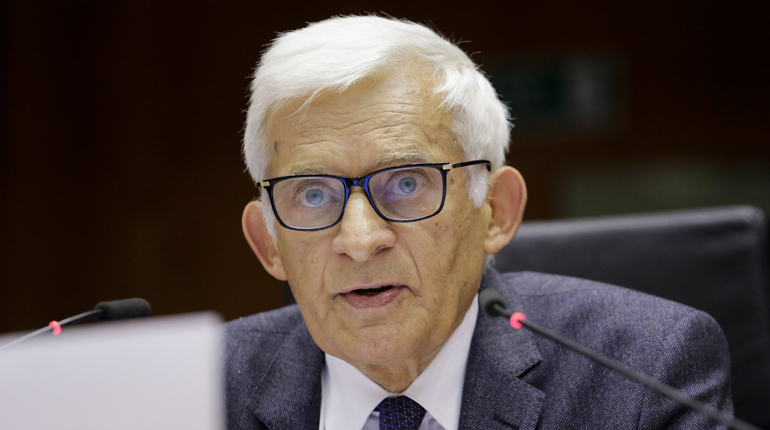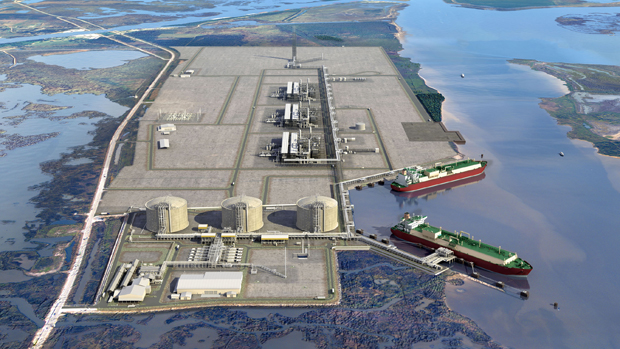Highlights
- Latin American LNG imports expected to fall in 2015 year on year
- Mexico sees dampened upstream interest as dependence on pipeline gas imports increases
- Subsidies make gas-for-power demand in Argentina unsustainably high
- Ample gas supplies in the United States are sufficient to meet increased demand from the power sector
Economic overview
The growing prospect of an interest rate hike by the US Federal Reserve in September is weighing on the economic outlook of several Latin American countries.
The Federal Open Market Committee (FOMC) will present its verdict on an interest rate rise at the end of a two-day meeting on 17 September. Reactions on the markets and from several members of the FOMC suggest a rate hike is to be expected. The Federal Reserve has kept the benchmark interest rate within an all-time low range of 0-0.25% since December 2008.
Quarterly and annual year-on-year GDP growth rates
| Q3 2014 | Q4 2014 | Q1 2015 | 2015 | 2016 | 2017 | |
| US | 2.9% | 2.5% | 2.9% | *3.1% | *3.1% | *2.7% |
| Canada | 2.8% | 2.6% | 2.1% | *2.2% | *2.0% | *2.0% |
| Mexico | 2.2.% | 2.6% | 2.5% | *3.0% | *3.3% | *3.5% |
| Brazil | -0.6% | -0.2% | -1.6% | *-1.0% | *1.0% | *2.3% |
| Argentina | 0.0% | 0.4% | 1.1% | *-0.3% | *0.1% | *0.3% |
The improving US economy is also strengthening the dollar. The dollar index – which reflects the currency’s strength against key global competitors – has averaged 97.7 so far in August – a 19.3% increase compared with August 2014.
The strength of the dollar against key Latin American currencies is already a concern for authorities in the region. In July, the Brazilian Central Bank increased its key benchmark interest rate by 50 basis points to 14.25% – its highest level since October 2006 and the seventh consecutive hike. The bank’s tightening monetary policy is limiting growth prospects. Brazil’s GDP contracted by 1.6% in Q1 2015 on an annual basis – its fourth consecutive quarterly contraction.



